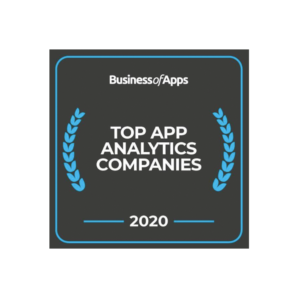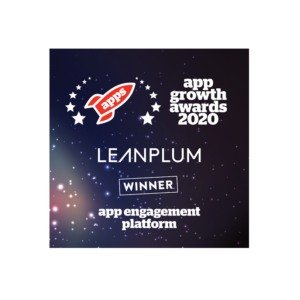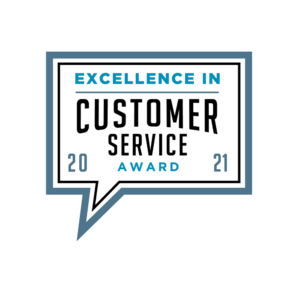Permission Marketing
Interested in Leanplum?
What is permission marketing?
Permission marketing is a way of engaging with users who agree in advance to receive marketing communication, for example via email marketing. For mobile marketers, asking users to opt in for push notifications is an important form of permission marketing and, ultimately, an important part of a holistic mobile marketing strategy.
How can mobile marketers leverage permission marketing?
In an increasingly mobile-first world, obtaining consent is crucial for marketers who want to retain customers, drive app engagement, and improve conversion rates by sending relevant and personalized content.
One way to do this is to use Leanplum’s Push Pre-Permissions. This in-app messaging feature bypasses the traditional iOS prompt that asks users if they want to opt in to push notifications. Instead, Push Pre-Permissions sends users timely messages explaining the value of opting in to push notifications, for example, being the first to know about important product updates or content. Unlike the iOS prompt, a one-time event, Push Pre-Permissions can be activated again later to remind users of the benefits of opting in, for example, to receive flight updates or weather reports.
What are the advantages of permission marketing?
Studies have shown that only 42 percent of users opt in to push notifications, whereas tools such as Push Pre-Permissions can improve opt-in rates by up to 182 percent. By marketing to users with push notifications, marketers can achieve important goals throughout the customer lifecycle.
For example, push notifications can help remind new users to finish registering, a key component of the onboarding process. They can also alert users about news updates, new app features, promotions and more. Finally, push notifications can be used to re-target dormant users who have not taken a certain action over a specific period of time. Of course, personalizing content, for example, based on a user’s behavior with the app, can drive more conversions and relevant experiences.
How can marketers increase the effectiveness of Push Pre-Permissions?
Rather than activate Push Pre-Permissions upon app download, marketers can set it to activate once the user has engaged with the app for some time, for example, after having reached a milestone, such as completing a tutorial. This gives a user time to understand the value of the app and, as well, push notifications, with more incentive to opt in.
Marketers can also use A/B testing the effectiveness of Push Pre-Permissions, measuring variables such as the content of the in-app message, helping drive as many opt-ins as possible from engaged users.







